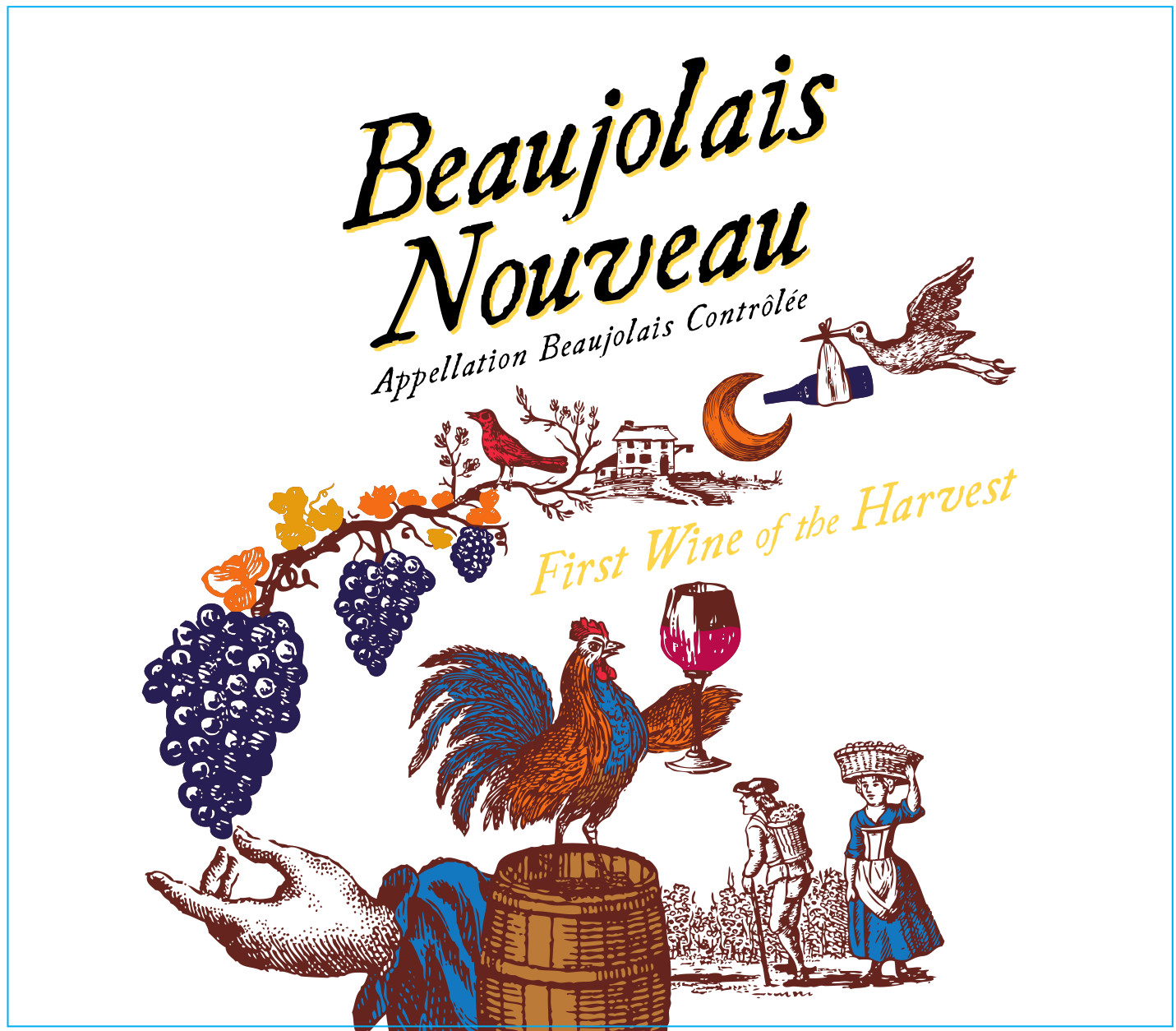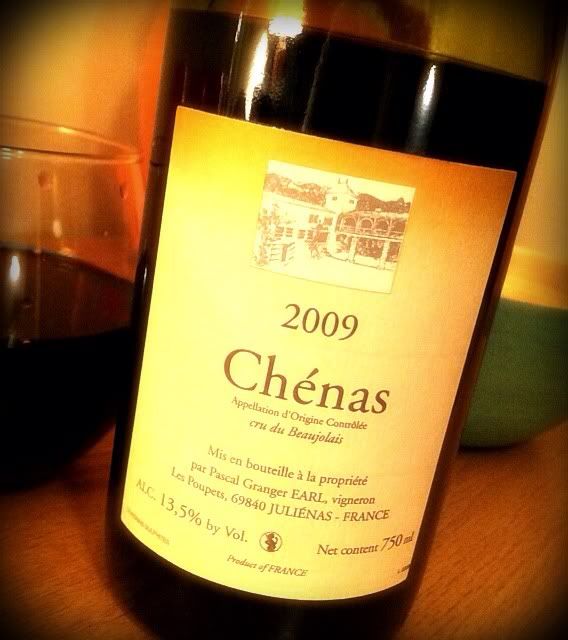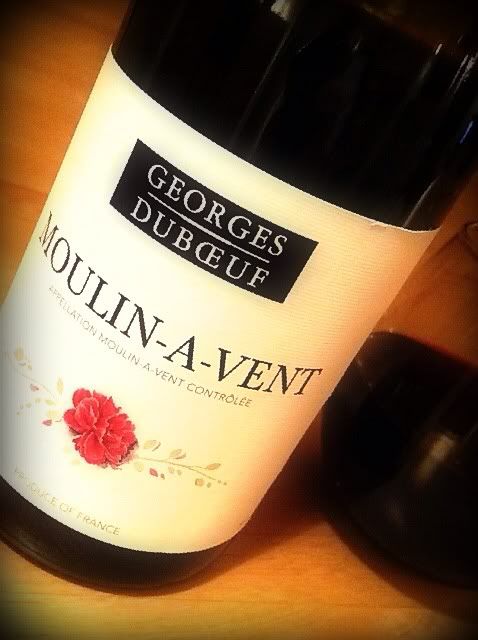Morgon is a Beaujolais
cru, one of 12 smaller subdivisions of the Beaujolais region. The main grape of the land in Beaujolais is Gamay, and if all you know of Beaujolais are the Nouveau wines that are released very young in late November each year, do yourself a favor and explore the
crus a bit. Morgon is a great place to start.
I have
noted before that in the 14th century, the Dukes of Burgundy invited the Gamay grape out of Burgundy while welcoming Pinot Noir as the new tenant. Gamay then took root in Beaujolais to the south. Morgon has a long history with grapes - it was home to the vineyards of the Romans. The volcanic and granitic rock found in the crumbling soil of the Morgon region supplies the
terroir for which the region is known.
These two examples of Morgon were provided to me as samples for the purpose of this article.
Jean Foillard Morgon Côte du Py 2012
Jean and
Agnès Foillard took over his father's vineyard in 1980. Mainly planted on the Côte du Py, "the famed slope outside of Villié-Morgon, the granite and schist soil are on the highest point above the town," according to importer
Kermit Lynch.
Foillard follows the teachings of
Jules Chauvet, a traditional winemaker who went against the more popular commercial trends. Three other local
vignerons,
Marcel Lapierre,
Jean-Paul Thévenet and
Guy Breton joined him and were dubbed the Gang of Four by Lynch. Minimalists, they eschew young vines, synthetic herbicides and pesticides, late harvesting, chaptalization and filtration. So Foillard's Morgon wines express the true terroir of the region. Lush when young, his wines are also age worthy.
All Gamay, the wine is made from organically farmed fruit borne of vines as much as 90 years old. Whole cluster fermentation - stems and all - leads to six to nine months aging in used oak barrels from Burgundy. The wine is delivered as natural as it gets, unfiltered, with no sulfur dioxide used for preservation.
The wine shows extreme earth on the nose, with some smoke wafting out of the glass. The palate is very fruity, with cherry, blackberry and plum flavors coming forward. It also has a pretty floral texture, yet it’s dark and earthy, too. There is acidity to burn. Foillard makes a wine that is big, especially considering the lighthearted froth by which many people define Beaujolais.
Georges Duboeuf Morgon 2011
Georges Duboeuf is the most recognizable name in Beaujolais wine. He represents over 400 winegrowers in the region and his name is a mainstay in the French section of supermarket shelves worldwide. His name is virtually synonymous with Beaujolais Nouveau, but his hand is in the crus as well. Here we explore his Morgon bottling from the vineyards of the late
Jean-Ernest Descombes, whose daughter
Nicole runs the business now.
Duboeuf says this wine's terroir "intensifies with age." "It doesn't age," says Duboeuf, "it 'morgonates.'" He goes on to say that this Morgon shows "the fruit of Beaujolais, the charm of Burgundy."
The wine is all Gamay grapes from the Descombes domain. Alcohol is typically Burgundian, at 13.0% abv. The grapes are fermented whole cluster, unstemmed, and the wine spends less than two weeks in contact with the grape skins.
Aromas of blackberry and black cherry meet with a mix of sweet and tart. The palate is beautiful, with a refreshing acidity and firm tannins that do not overwhelm. The dark fruit flavors are tinged with a hint of orange peel and pepper, while minerals play through it all. This wine is not as dark or earthy as the Foillard, but delights in a different way. A "jug" of this would be perfect with "a loaf of bread and thou," but slip some salami into the loaf and it gets darn near unbeatable.
Follow Randy Fuller on Twitter












 A 15th-century windmill overlooks the appellation and gives the region its name. It has not been used functionally for years, but it serves as one of the most striking visuals in Beaujolais.
A 15th-century windmill overlooks the appellation and gives the region its name. It has not been used functionally for years, but it serves as one of the most striking visuals in Beaujolais.